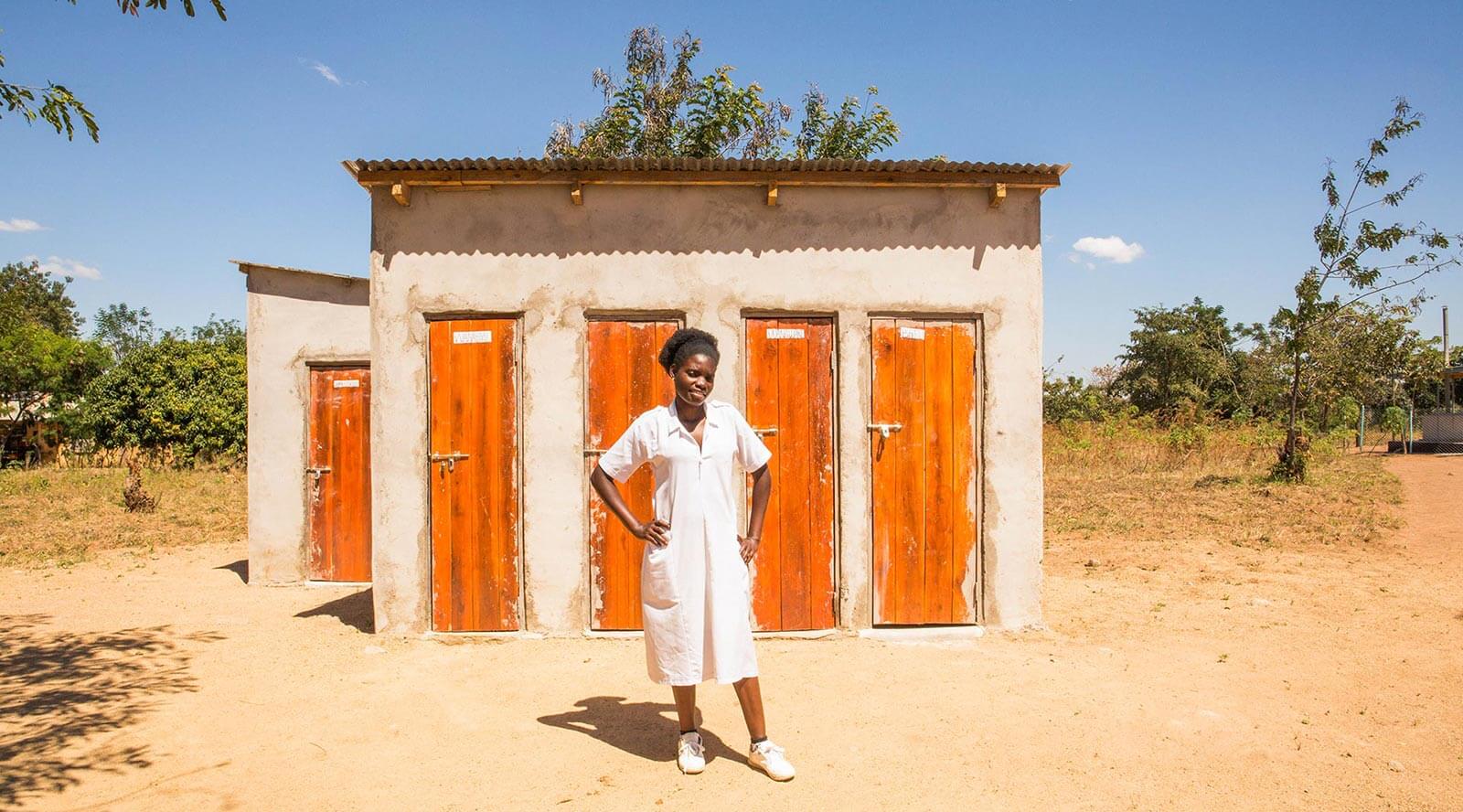Eight practical steps to achieve universal access to quality care
Published in 2019 by WHO and UNICEF, the eight steps are a set of practical actions that countries should take in order to sustain WASH services and practices in a range of health care settings, from primary to tertiary facilities.
